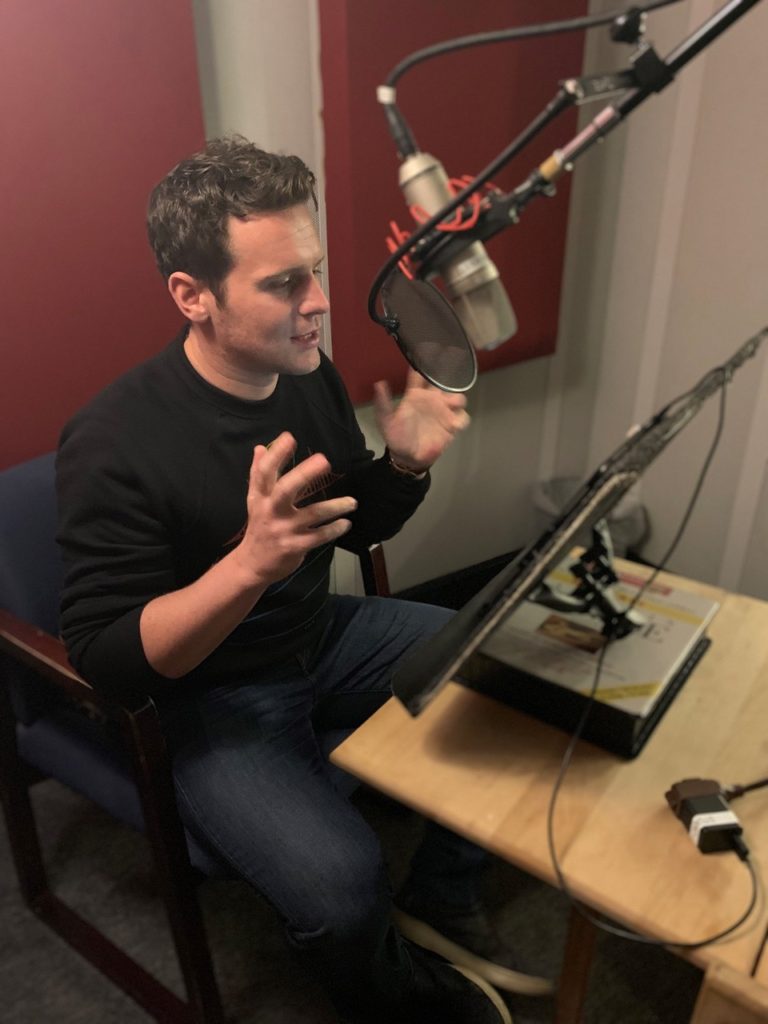In response to our recent column about Terry Wayne Davis, the 44-year-old Illinois man who will either be tried or committed for allegedly having sex on multiple occasions with his five-month-old female Rottweiler puppy, and who had previously been convicted of sexual assault of a 16-year-old girl, one of our readers and correspondents poses an important set of questions. Essentially, Taylor UK14 begins with our premise that the only reasonably reliable predictor of future behavior is past behavior, and then goes on to wonder what can or should be done when that behavior is recognized.
In other words, can an examination of past violence prevent future violence?
As you might suspect, there is no easy answer.
Here is Taylor’s query:
This point comes up often in my Crim classes. Is there a better/feasible way to do something about offenders who are going to be more dangerous in the future? I know it isn’t an exact science, but I know you have listed numerous examples in your books of two people committing similar crimes, but one of those crimes is a much more serious predictor of future violence. Is it a matter of educating investigators and members of the legal system how to spot the difference? Or will there need to be a fundamental shift in the judicial process (sentencing in particular)?
I would imagine that even if an investigator recognized the signs of future sexual crimes, for example, he wouldn’t have the time or resources to do much about it, other than considering that offender if they are looking for an UNSUB in a future case.
It seems to me that maybe the best reform in this area may be to revamp the probation system. I know PO’s have way to many parolees and not nearly enough time or resources to deal with them all in depth so maybe this is where the prioritisation of offenders based on high-risk elements of past crimes would make the most sense. Do you think that would be beneficial or even attainable?
Well, Taylor, the simple answer is: All of the Above.
To begin with, we would say that education should be a priority for every level of the judicial system. Parole decisions, for example, should be based on careful evaluation by experts, not merely on self-reporting by the inmate and good behavior credits, which are relatively meaningless for many types of violent offenders. One of the biggest problems with probation and parole boards is that they don’t always know the specifics of the crime that put the offender in prison. But for an investigative expert who knows how to interpret the behavior in a rape case, for example, what the offender did and said during the crime will offer a solid base from which to make a determination. Combined with other factors, we can then be more confident of whether or not the inmate would pose a likely threat if released.
Unfortunately, Taylor’s other premise is also correct: Resources are stretched thin across the board and everyone has a greater caseload than he or she can handle effectively. So the system will never be perfect.
But all in all, the more and better educated each member of the system is, the better the overall result. If a teacher can recognize alarming signs in a young boy and psychological resources are available to try to turn him around, that is the best possible outcome. If it goes on to the next step, where a crime is committed, those involved with that part of the system have to understand what the crime represents in terms of long-term violent potential.
It is like when we’re asked if the best answer to lowering crime rates is: more pre-school programs like Head Start; smaller elementary school classes where teachers can give more individual attention; more concentration on home life and stability in poor families and neighborhoods; lowering teen pregnancy rates and discouraging absentee fathers; more job programs; more police presence in neighborhoods; combatting gang activities; more effective sentencing; or stricter parole standards; our answer is always the same:
Yes.




























This is a subject very important to me and I sincerely thank you for this article. Recidivism of violent offenders is just ridiculously high, that’s a fact. Problems with risk assessment procedures rank highest in my eyes as contributing to this problem. How in the world can anyone expect to have self report scales and assessments as valid avenues of gauging recidivism, particularly in psychopaths and sociopaths? How in the world can anyone expect that a counselor/psychologist/lawyer/prison official/administrator who has no experience dealing with these monsters, because that is exactly what some of them are, have the tools to be capable of even understanding the beginning pathology, much less hazard a guess at the sincerity of their woeful pleas for understanding and release? You know what needs to be done in order to address this epidemic problem, gentlemen? Administrators/prison officials/parole board members/policy makers/untrained mental clinicians who directly interact or are responsible for making policies regarding violent and psychopathic offenders need to get their heads out of their asses and realize that a. They do not posses the training required to do so, and b. They need to get said training. Secondly, there needs to be a collaboration between trained and experienced profilers with law enforcement experience, such as Mr. John Douglas, and trained and experienced psychometrists in order to develop more highly developed risk assessments that do not depend on self report. And thirdly, those persons involved in the decisions of treatment/parole/risk assessment/release of these individuals need to drink a tall glass of Shut The Hell Up with their political “Progressive” agendas and realize this is the real world, not fairy land. Just because an offender says “I’m remorseful and cured” doesn’t mean diddly. Hello, how do you think most of them have been able to commit the crimes they have committed? They are smooth talkers, master manipulators, and guess what? They are, themselves, advanced profilers. No one can go up against these people without the right knowledge and expect to do any sort of valid assessment or make any valid assumptions. Until this is truly understood this problem will never be able to be properly addressed.
My thoughts anyway….
M.D. Rice
The correction has to start in childhood, and with the entire family, not just the child. At the moment, we are as far from this becoming a reality as we have ever been in my lifetime. We’re living in a time when victims and bullies are equally punished in the school system to avoid friction and lawsuits with the parents. In such a system, to hope for an intelligent investigation or educated monitoring of troubled behavior before it even reaches violence and having the jurisdiction to intervene is wishful thinking. It will take a major overhaul and some amendments to begin stopping the cycle in families before crime is committed.
A problem that tends to arise in schools (even with the huge push toward anti-bullying programs and training for teachers regarding problem behaviors) is that many people look at behavioral indicators and issues, even ones that should be making all of the alarm bells go off, and dismiss it as “a kid being a kid” … even when that kid is 16 or 17 years old and should really know better. I try to be very careful about warning signs and behavioral cues with my teenage students, probably almost to the point of over-caution … but I certainly don’t want to be the teacher who missed the warning signs.
I’ve also found that teachers, counselors, clergymen, POs who are too busy, too harried, too tired, too stressed can’t/won’t take the time to look for signs of problematic behavior or else they fail to recognize them when they are there. Despite being trained extensively in how to recognize the signs of bullying in our students, it was ultimately a student who came up to me four years ago in Phoenix to report that he had overheard a young man who was being horribly bullied threatening to bring a gun to school. I didn’t see how angry and afraid that young man was … rather, I couldn’t see it … because I had 110 other kids in my charge. He very nearly happened to slip through the cracks. If it had not been for that very astute and sympathetic student, the outcome for that young man (and every kid in my classroom) might have been tragically different.
In my opinion, what it all comes down to is our inability (or, maybe, unwillingness) to examine close details. Psychologists, psychiatrists, profilers, and criminalists are trained to look closely and minutely. The rest of us are not. How often do we hear neighbors, friends, and family describe someone (in the last few years it seems to most often be a mass shooter) guilty of perpetrating a crime as “seeming so normal” when, after the fact, they seem anything but? We are so busy rushing headlong through our lives that we forget the details … and isn’t that, as the saying goes, where the devil lives? In those details?
Well stated, Kristin. Thanks.